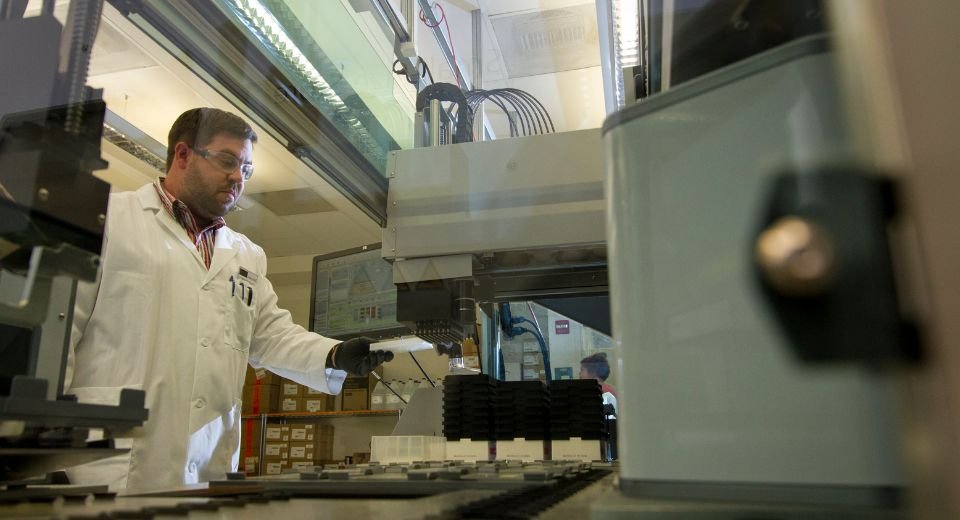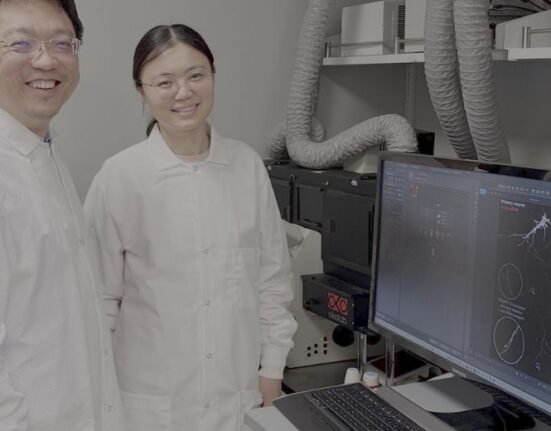HQ Team
November 22, 2023: Tumour molecules can rob the human body’s immune cells to deprive them of their energy to fuel the invaders’ own needs, researchers find.
“In some tumours, a subset of cancer cells can act like a thief siphoning fuel from a car’s gas tank,” according to a study published in Cancer Cell.
“They drain mitochondria—the tiny structures within cells that produce energy—from T cells and use them for their own energy needs,” the researchers wrote.
“This act of energy robbery sets up a one-two blow, producing less-efficient T cells and turbo-charged cancer cells.”
T-cells are a type of white blood cell called lymphocytes. They help your immune system fight germs and protect you from disease.
Fight and destroy
There are two main types. Cytotoxic T-cells destroy infected cells. Helper T-cells send signals that direct other immune cells to fight infection.
According to the new study, the energy hijacking process has a silver lining as any process the cancer cells use to survive “is a potential vulnerability.”
“It’s not yet fully understood what triggers this mitochondrial hijacking. But once that process is teased apart, it could serve as a future target (for treatment),” said Bo Li, PhD, of the Children’s Hospital of Philadelphia, who led the study.
In 2006, researchers looking at cells grown in lab dishes put a sinister face on mitochondrial transfer.
When placed in a stressful, low-oxygen environment, certain cells tended to lose their mitochondria over time. But when subsequently mingled with other, healthy cells, they appeared to steal mitochondria from those cells to survive.
Sucking out mitochondria
How exactly this theft happened remained poorly understood. Five years later, researchers saw this phenomenon happening in real time, with cancer cells.
They observed those cancer cells literally sucking the mitochondria out of nearby immune cells in lab dishes with a straw-like structure called a nanotube.
There was no way to visually track mitochondrial transfer in people, Dr. Li said. “So that motivated us to develop a tool to track this mitochondrial transport process, using genomic sequencing data.”
Using a statistical method they identified a particular population of cancer cells they called mitochondrial receivers.
Then they tested the pattern of gene expression of mitochondrial theft on more than 10,000 tumour and normal tissue samples, representing 22 distinct types of cancer, collected by The Cancer Genome Atlas.
People whose tumours had higher mitochondrial receiver scores tended to live shorter than those with lower scores—a pattern that was repeated across many of the cancer types they studied.
Drug possibility
Some of these changes are related to the behaviours needed to steal mitochondria and could be potentially shut down with drugs, Dr. Li said.
The researchers are trying to identify a drug that can stop the nanotubes in these specific cancer cells from elongating enough to attach to T cells.
“But it’s a bit challenging because we found a couple of hundred genes that could potentially be involved” in that process, he said.
And, if T cells’ ability to produce energy has been impaired by the loss of mitochondria, “is there a way to restore that function?”








